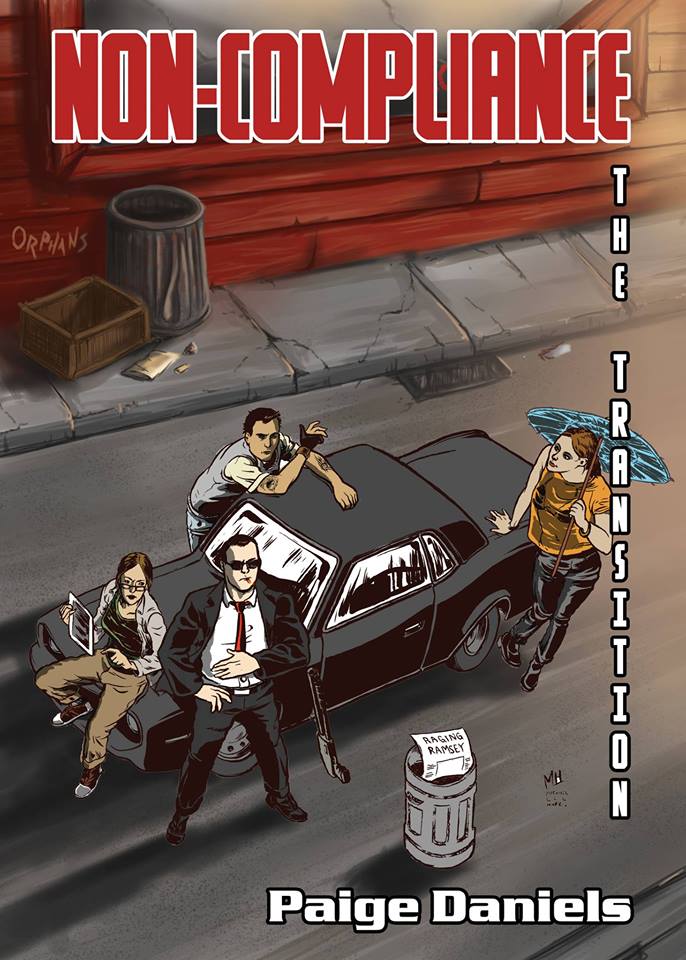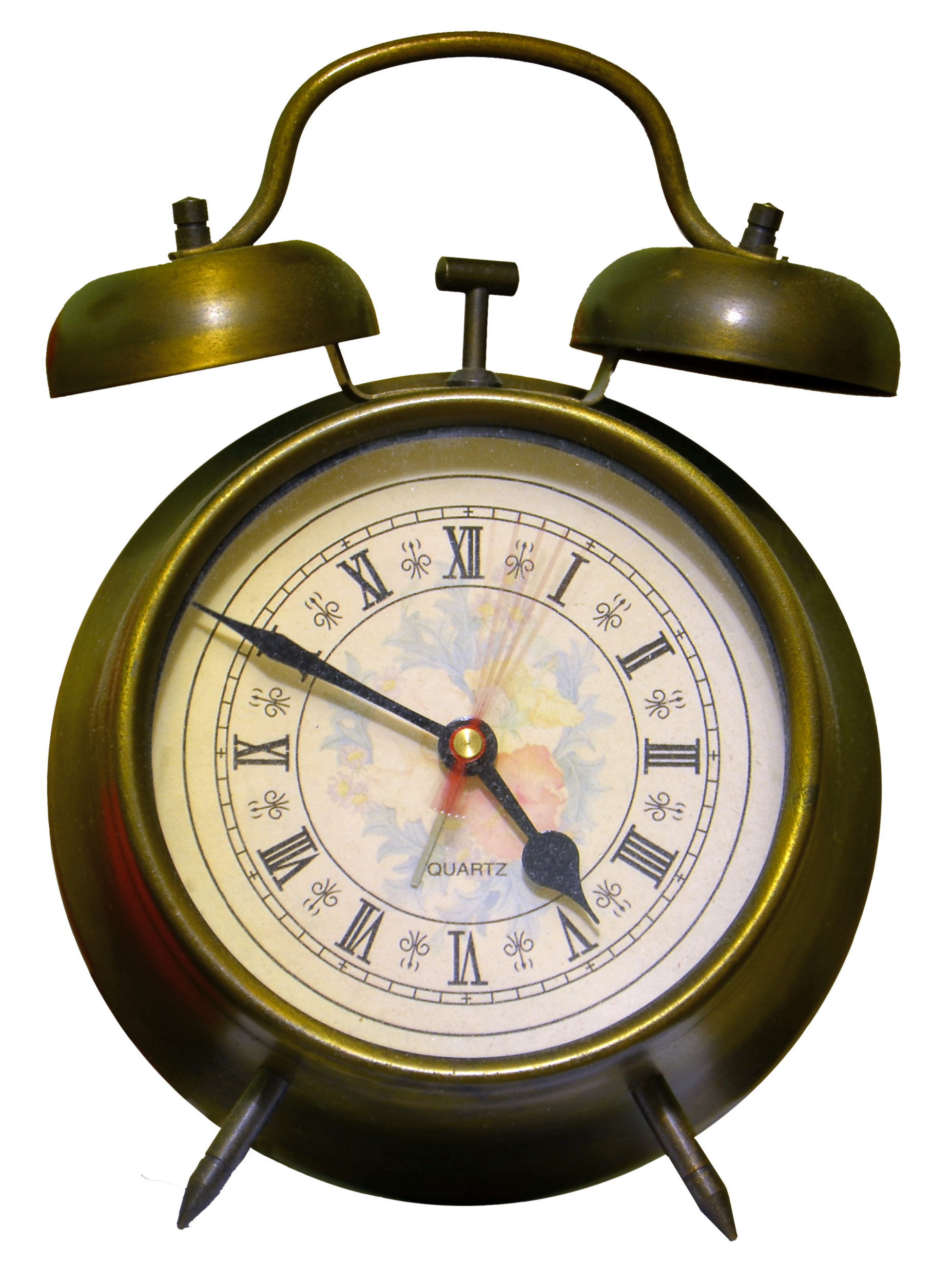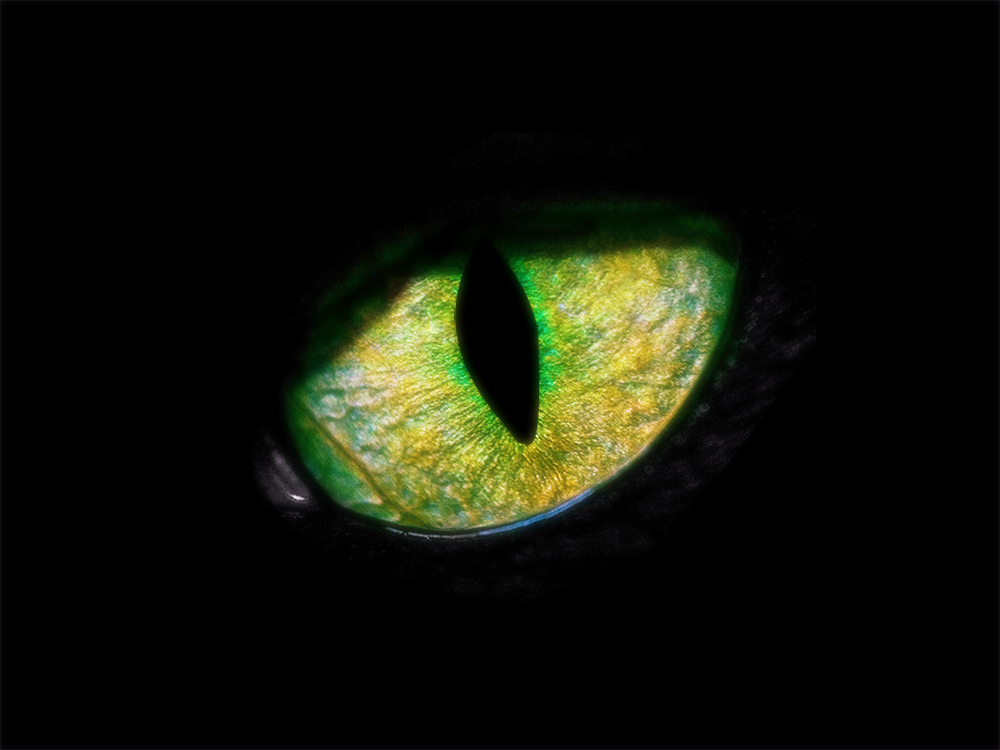Releasing on 30th September, Paige Daniels’ latest book, Non-Compliance: The Transition is the second book in the Non-Compliance series (the first being The Sector, which was released by Kristell Ink in 2012).
This was another of my editing jobs, following on from The Reluctant Prophet’s release last month, but it was waaay outside my usual genre choice. I don’t remember the last time I read a science fiction book, and even then it was probably on the more literary side (something like Never Let Me Go or The Time Traveller’s Wife most likely). This book, however, has a more pulp feel (and I mean that in the stylistic way, not as an insult) – though I have to say I’m uncomfortable slotting it anywhere exactly, being as it is not purely a pulp sci-fi, nor romance, nor dystopian novel, but some combination of the three. And the combination works.
It was a pretty easy editing job; there really wasn’t much that needed my help. My role seemed to be more akin to brushing the lint from the shoulders, straightening the tie, giving an encouraging pinch to the cheek as the book takes a deep breath and heads for the bookstore shelves. So thanks, Tina, for saving me the headaches. I do, however, wish I’d counted how many times I deleted the word “that”, you know, just for kicks.
What struck me about this book, and I admit I have not yet read the first in the series, was the unapologetic nerdiness of Shea Kelly, the main character; the author manages to give us a smart and sassy – yet nerdy and self-deprecating – heroine, without resorting to the clichés and tropes normally associated with these types of stories and characters. Shea is human, she’s real, and if you’re not her, you know someone like her.
And despite this book exploring a romantic relationship between Shea and her tough-guy counterpart, Quinn, the book doesn’t have one of those Princess Bride moments where you think, “Wait, wait, hold on! Are you trying to trick me? Is this a kissing book?”. The romance is woven into the story as effortlessly as the technology; you notice it when you’re supposed to, but it doesn’t make you wrinkle your nose.
Although it worked for me as a standalone, I do feel the need now to go back and read Non-Compliance: The Sector, just to find out what lead up to everything in this book. I’d suggest you do the same. Get out there and get yourself a copy of book one, you’ve still got time to read it before the release of Non-Compliance: The Transition comes out on the 30th.
Oh, and yet another triumph with the cover art by Ken Dawson. Awesome.














